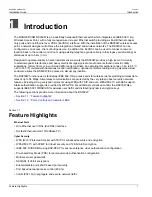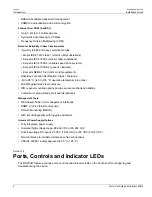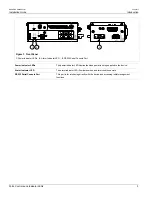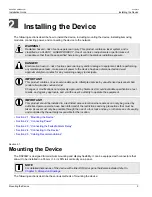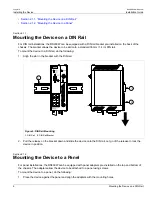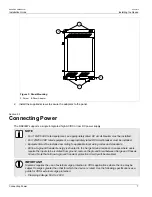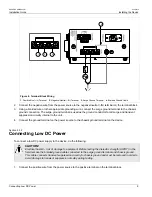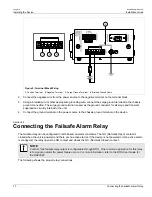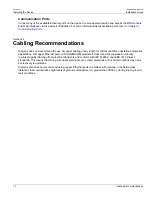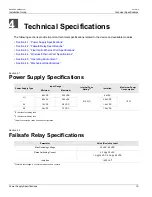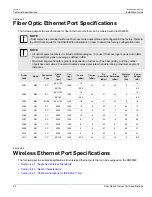
RUGGEDCOM RS930W
Installation Guide
Chapter 3
Communication Ports
EoVDSL Ports
15
Termination (NT) are used interchangeably for the Slave. The Master device dictates the line configuration
settings to the Slave so all EoVDSL configuration is done on the Master. Data flowing from the Master to the
Slave is designated
downstream
while data flowing from the Slave to the Master is designated
upstream
.
Siemens offers two flavors of VDSL: Universal EoVDSL and Long-Reach EoVDSL. Universal EoVDSL ports are
Master/Slave selectable and offer symmetric data rates up to 35 Mbps with distances up to 2.5 km (1.6 mi). Long-
Reach EoVDSL ports are fixed as either Master or Slave but offer asymmetric data rates up to 40 Mbps with
distances up to 5 km (3.1 mi).
The Universal and Long-Reach EoVDSL ports are physically indistinguishable from each other. However, the port
type can be determined either from the order code or through ROS.
EoVDSL ports can be connected using RJ11 male connectors. Each EoVDSL port has a
Link/Act
LED and a
Master
LED. On devices with Universal EoVDSL ports, the
Master
LED can be toggled on or off depending on
whether the port is set to be a Master or Slave. On devices with Long-Reach EoVDSL ports, the
Master
LED will
be on all the time if the device is set to be the Master, or off if the device is set to be the Slave.
Status LED
State
Description
Green (Solid)
The device is in Master mode.
Master
Off
The device is in Slave mode.
Green (Solid)
Link established
Green (Blinking)
Link activity
Link/Act
Off
No link detected
NOTE
All RJ11 connectors conform to the standard telephony pin configuration.
The following is the pin-out for the RJ11 connectors:
1
6
Figure 13: EoVDSL RJ11 Modem Port
Pin
Description
1
Reserved (Do Not Connect)
2
Reserved (Do Not Connect)
3
Ring
4
Tip
5
Reserved (Do Not Connect)
6
Reserved (Do Not Connect)
The following sections describe the EoVDSL ports in more detail:
•
Section 3.3.1, “EoVDSL Wiring”
•
Section 3.3.2, “Configuration and Setup”
•
Section 3.3.3, “EoVDSL Performance”

